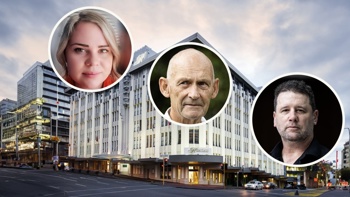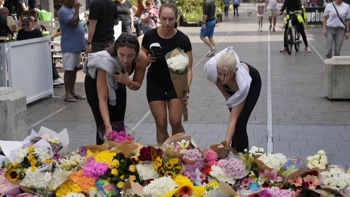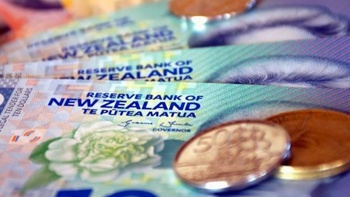It was only a matter of time before the statue debate in the UK headed over here, and it’s arrived.
The Maori Party is calling for an inquiry to identify colonial monuments, statues and place names that symbolise racism and oppression and then remove them.
How’s this going to work? How will an inquiry decide which statues come down?
Take Captain Cook: there are regular calls to remove his memorials because he was a white supremacist. But was he? Because if you read Dame Anne Salmond’s defence of Cook, she paints a completely different picture: of a man who tried very hard to stop his crew killing Maori and reproached himself when encounters turned violent. Which version of Cook will the inquiry prefer?
Would the inquiry remove the statue of Mahatma Gandhi outside Wellington’s railway station because he was a racist towards Africans? But then, what about the good he did for Indian independence through his non-violent resistance? Will the inquiry take that into account?
What about Queen Victoria? Her statute’s been vandalised in Leeds in the UK because of Britain’s colonising of so much of the globe during her reign, including Zimbabwe, India and Australia.
But the Maori Party doesn’t have a problem with Victoria’s statues because she “opposed colonisation within Aotearoa”. So, does that mean the inquiry will leave her statue up because she meant us no harm, or will it take it down in solidarity with the badly-treated Australian Aboriginal community?
I want to acknowledge that there are some instances where there is a good case to move some memorials, especially when they are in completely the wrong place, like the Captain Cook memorial in Gisborne that’s been moved from Titirangi and moved to the museum grounds.
But as you can see, more often than not, it’s not as simple as labelling someone a good or bad historical figure. It’s much more complicated than the mob baying for the toppling of statues would seem to acknowledge.
Sending this to an inquiry might sound like a way to find a solution, but that’s fraught. Will the inquiry rule on the racism of historical figures? Will it instruct the government or local bodies to remove statues? What if they don’t want to? What’s the threshold of bad historical behaviour that they must have exceeded to have their statue brought down? How much good must they have done to outweigh the bad and therefore qualify to stay? What proportion of the community must be outraged by the statue? What proportion must want it to stay?
I have sympathy for the Maori Party’s argument that there aren’t enough memorials to Maori figures compared to colonial and Pakeha figures. That’s fair. It should be addressed. But the way to solve that might be to build new memorials to reflect modern New Zealand and find balance, instead of tearing down the old.
Take your Radio, Podcasts and Music with you









